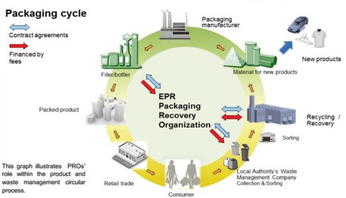Over-Treatment of PET – Fact or Fiction (Part I - Corona) and (Part II – Atmospheric Plasma): A Study of the Following Variables: Watt Density, Corona Dwell Time, Film Selection, Dyne Level and Water Soak Bond Strength
Presented by Jessica Bodine, Mica Corporation
Converters of oriented films have long been told the risk of over-treatment of polyester film. Over-treatment can be defined as the point at which the treatment level no longer contributes beneficial properties to the film surface and may begin to cause degradation of the surface. But how does the converter know when this point has been reached? Is testing the dyne level a true measure? What variables effect over-treatment? A study was designed to look at dyne level of the corona treated film versus bond performance in a simulated extrusion coating process to measure over-treatment. Bond failure analysis and water soak data were collected. The effects of film selection, watt density and dwell time (number of electrode assemblies) were studied. After initial evaluation of corona treated film, the same tests were performed on film that had been treated in the atmospheric plasma process. This paper summarizes the results of the corona treatment experiments
and compares them to the atmospheric plasma treating (APT) process.
This post is for paying members only
SubscribeAlready have an account? Log in

